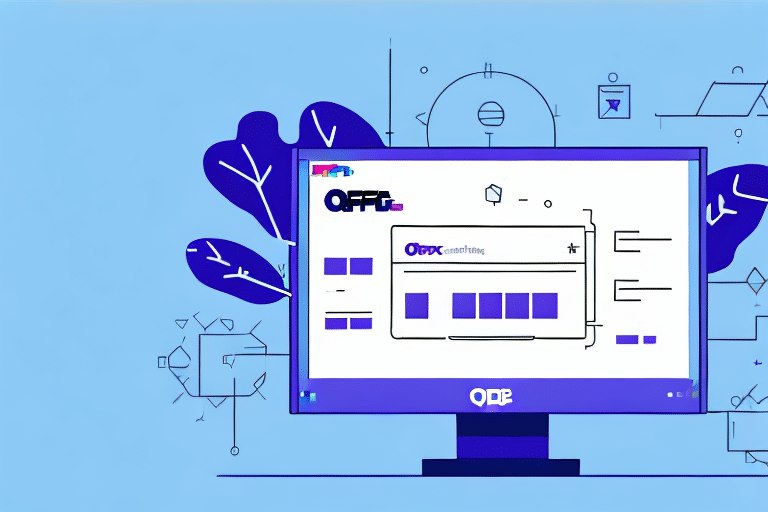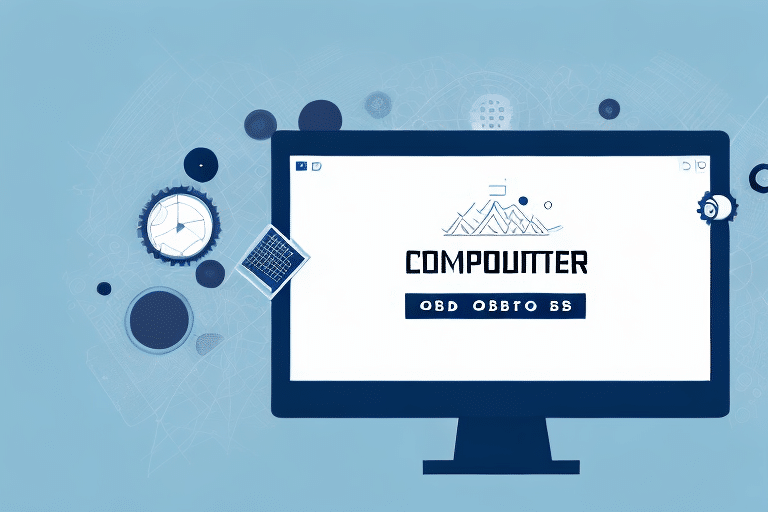Establishing an ODBC Database Connection with FedEx Ship Manager: A Comprehensive Guide
Efficient shipping operations are vital for businesses that frequently dispatch packages through FedEx. Organizing and accessing shipping data seamlessly can significantly enhance productivity and reduce errors. One effective method to achieve this is by establishing an ODBC (Open Database Connectivity) database connection with FedEx Ship Manager. This connection facilitates the direct import and export of data between your database and FedEx Ship Manager, streamlining your shipping processes. This guide provides an in-depth analysis of setting up this connection, ensuring optimal performance and reliability.
Understanding ODBC and Its Role in Data Integration
What is ODBC?
ODBC stands for Open Database Connectivity, a standard interface that enables diverse software applications to communicate with various database management systems (DBMS). By utilizing ODBC drivers, applications can execute SQL queries and retrieve data irrespective of the underlying DBMS, such as Microsoft Access, SQL Server, Oracle, MySQL, or PostgreSQL.
For example, connecting Microsoft Excel to an Oracle database allows users to run complex queries and analyze data directly within Excel, enhancing data accessibility and manipulation capabilities.
Advantages of Using ODBC
- Platform Independence: ODBC drivers are available for multiple operating systems, ensuring flexibility in diverse IT environments.
- Standardization: As a widely adopted standard, ODBC simplifies the integration process between disparate systems.
- Scalability: ODBC supports connections to large-scale databases, making it suitable for growing businesses.
According to Microsoft, ODBC remains a cornerstone in database connectivity, enabling robust data-driven applications across various industries.
FedEx Ship Manager: Enhancing Your Shipping Operations
FedEx Ship Manager is a comprehensive software solution designed to streamline shipping operations for businesses of all sizes. Key features include:
- Preparation and processing of shipments
- Printing of shipping labels and customs documentation
- Real-time shipment tracking
- Automated reporting and analytics
By leveraging FedEx Ship Manager, businesses can reduce administrative overhead, minimize errors, and take advantage of discounted shipping rates, ultimately lowering overall shipping costs.
Importance of Establishing an ODBC Connection with FedEx Ship Manager
Manually entering shipping data into FedEx Ship Manager can be time-consuming and prone to errors. Establishing an ODBC connection automates data transfer between your database and FedEx Ship Manager, offering several benefits:
- Efficiency: Automates data import/export, saving time and reducing manual workload.
- Accuracy: Minimizes data entry errors, ensuring reliable shipping information.
- Real-Time Tracking: Enables instant access to shipment statuses directly from your database.
- Process Automation: Facilitates automated generation of shipping labels, invoices, and reports.
Integrating ODBC with FedEx Ship Manager aligns with best practices in data management, enhancing operational efficiency and data integrity.
Prerequisites for Establishing an ODBC Database Connection
Before setting up the ODBC connection, ensure that the following prerequisites are met:
- Database Management System (DBMS): Install a compatible DBMS such as Microsoft SQL Server, Oracle, MySQL, or PostgreSQL.
- ODBC Driver: Obtain the appropriate ODBC driver for your DBMS. These can typically be downloaded from the DBMS provider's official website.
- FedEx Account: Have a valid FedEx account with necessary credentials to access FedEx Ship Manager.
- System Requirements: Ensure your computer meets the minimum system requirements for running FedEx Ship Manager, including processor speed, RAM, and available storage.
Refer to the FedEx Ship Manager System Requirements for detailed specifications.
Step-by-Step Guide to Setting Up the ODBC Connection
Follow these steps to establish an ODBC connection with FedEx Ship Manager:
- Install Your DBMS: Ensure your chosen DBMS is properly installed and running. Follow the installation guide provided by your DBMS vendor.
- Download and Install the ODBC Driver: Obtain the latest ODBC driver for your DBMS from the official website and install it on your system.
- Configure the ODBC Data Source:
- Open the ODBC Data Source Administrator tool on your computer.
- Create a new data source, selecting the installed ODBC driver.
- Enter the necessary connection details, such as server name, database name, user ID, and password.
- Test the connection to ensure it is established successfully.
- Access FedEx Ship Manager: Launch FedEx Ship Manager and navigate to the settings or integration section to configure the ODBC connection.
- Establish the Connection: Input the ODBC data source details into FedEx Ship Manager and initiate the connection.
- Verify the Connection: Conduct test queries to confirm that data is being accurately imported and exported between your database and FedEx Ship Manager.
For detailed instructions, refer to the FedEx Ship Manager User Guide.
Troubleshooting Common Issues
While setting up an ODBC connection, you might encounter the following issues:
- Incorrect ODBC Driver Version: Ensure that the ODBC driver version matches your DBMS and operating system.
- Configuration Errors: Double-check ODBC data source settings, including server name, database name, and credentials.
- Firewall Restrictions: Verify that your firewall is not blocking the necessary ports for database connectivity.
- Version Incompatibility: Ensure compatibility between the ODBC driver, DBMS, and operating system versions.
If issues persist, consult the Microsoft ODBC Documentation or contact your IT support team for further assistance.
Best Practices for Maintaining Your ODBC Connection
To ensure the longevity and reliability of your ODBC connection with FedEx Ship Manager, adhere to the following best practices:
- Regular Monitoring: Periodically run test queries to ensure the connection remains stable.
- Software Updates: Keep your DBMS, ODBC drivers, and FedEx Ship Manager updated to the latest versions to benefit from security patches and feature enhancements.
- Network Optimization: Maintain a robust network infrastructure to support seamless data transfer.
- Security Measures: Implement strong antivirus and firewall protections to safeguard against unauthorized access and potential breaches.
Following these practices will help maintain an efficient and secure data integration environment.
Benefits of Using ODBC with FedEx Ship Manager
Integrating ODBC with FedEx Ship Manager offers numerous advantages:
- Automated Data Transfer: Streamlines the flow of information between your database and FedEx Ship Manager, reducing manual intervention.
- Real-Time Shipment Tracking: Access up-to-date shipment statuses directly from your database interface.
- Reduced Errors: Minimizes the risk of data entry mistakes, ensuring accuracy in shipping information.
- Customized Reporting: Generate tailored reports and analytics to monitor shipping performance and expenses.
- Scalability: Accommodates growing data volumes and expanding business operations without compromising performance.
These benefits collectively enhance operational efficiency, improve data accuracy, and support informed decision-making within your shipping processes.
Frequently Asked Questions (FAQs)
- What is an ODBC connection?
ODBC stands for Open Database Connectivity, a standard interface that allows different software applications to communicate with various database management systems.
- What prerequisites are needed to set up an ODBC connection with FedEx Ship Manager?
You need a compatible DBMS, the appropriate ODBC driver, a valid FedEx account, and a computer that meets the minimum system requirements for FedEx Ship Manager.
- What common issues might arise during the setup of an ODBC connection?
Common issues include incorrect ODBC driver versions, configuration errors, firewall settings blocking the connection, and version incompatibilities between the ODBC driver and the operating system.
- How can I maintain my ODBC connection effectively?
Regular monitoring, keeping all related software up to date, optimizing network infrastructure, and implementing robust security measures are key to maintaining an effective ODBC connection.
By following the guidelines and best practices outlined in this guide, you can successfully establish and maintain an ODBC connection with FedEx Ship Manager. This integration will streamline your shipping operations, enhance data accuracy, and contribute to overall business efficiency. Should you encounter persistent issues, consider reaching out to FedEx support or consulting with a database professional to ensure optimal setup and performance.




















